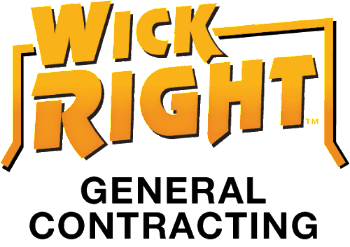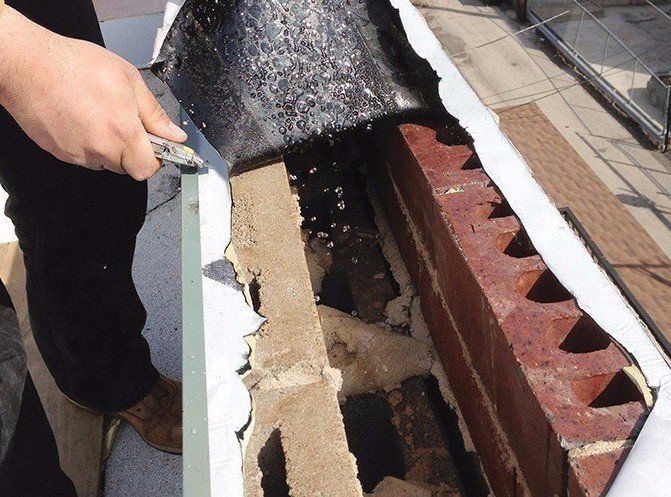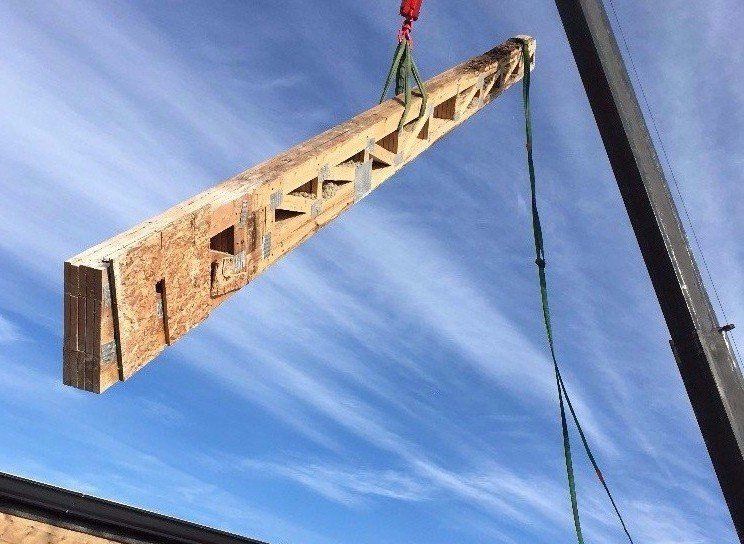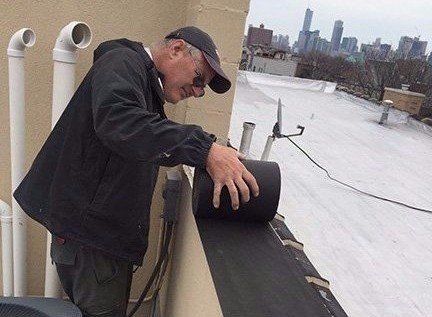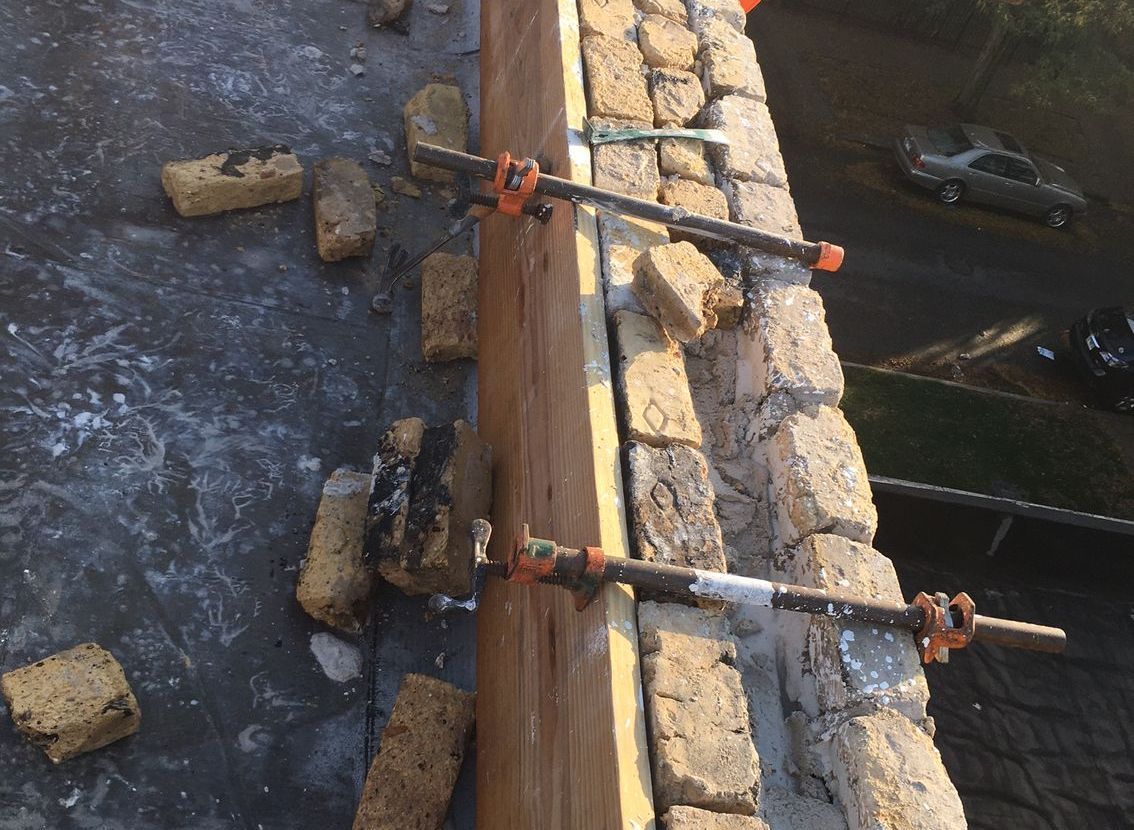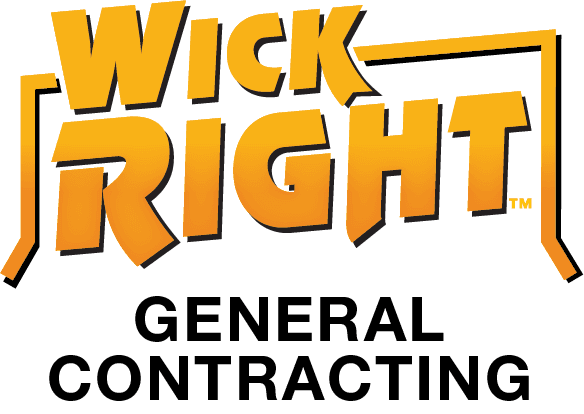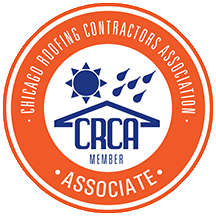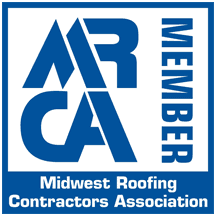Moisture Intrusion and Wet Masonry Buildings
Wet Building Crisis in Chicago
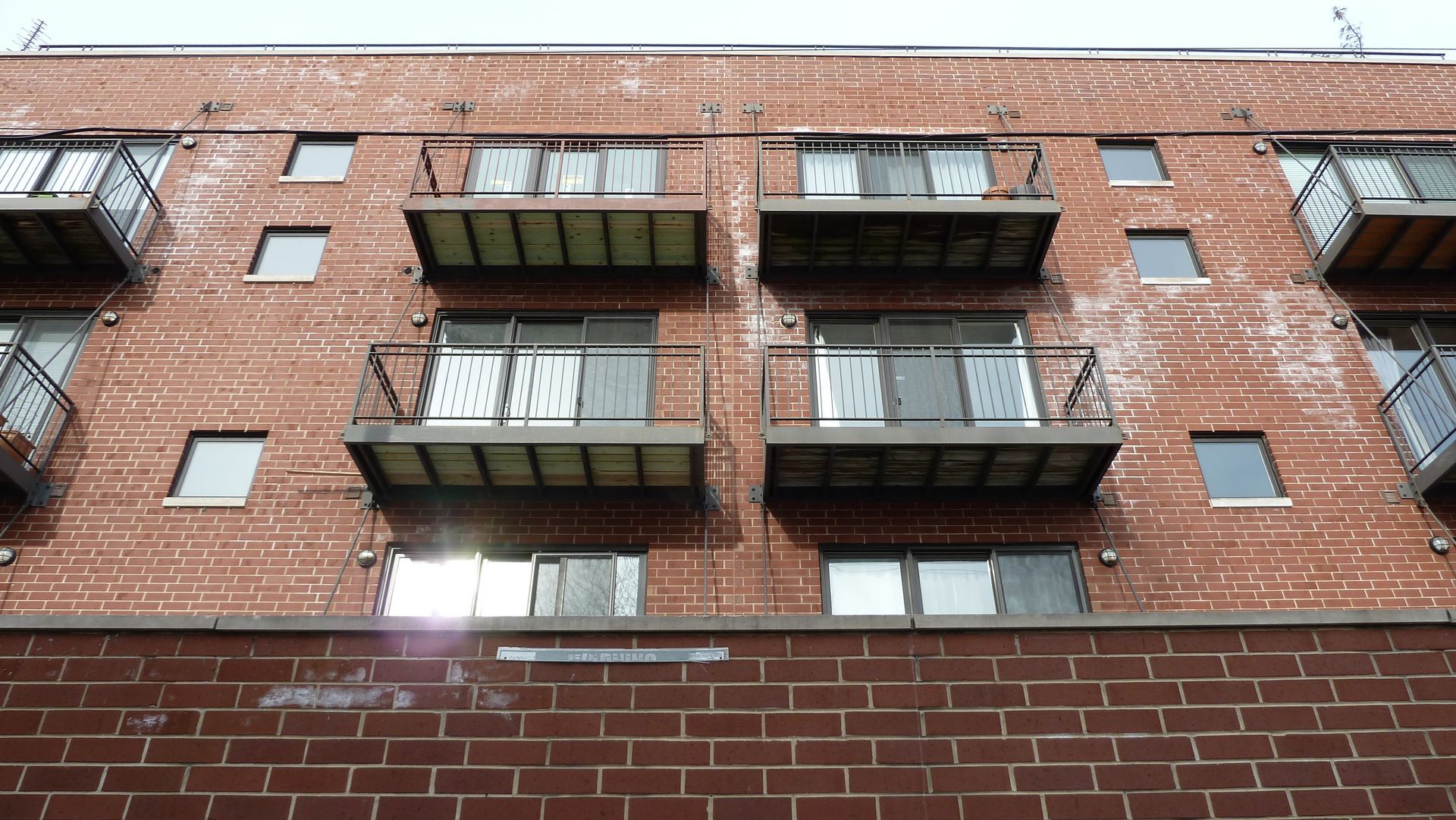
Wet Brick and Block Building Chicago's Lincoln Park neighborhood
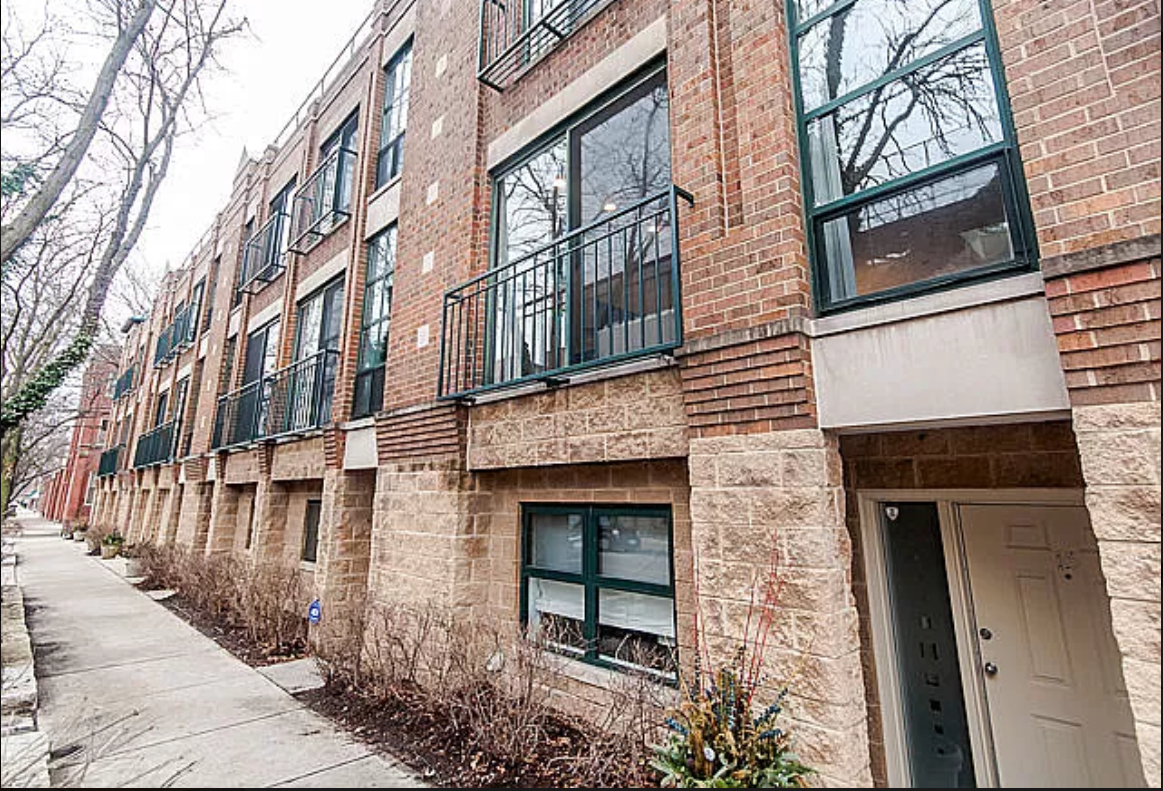
Wet Split Face Block, Brick and Block Building with Decorative Renaissance Stone details in Chicago's Ravenswood neighborhood
Continued from Home page
It’s probably NOT a roof leak. It
could be a roof leak, but in masonry buildings, especially split face block buildings or brick buildings with "stone" details, we’ve found the roof membrane is often in good condition. So before you agree to a $40K+ at minimum
roof replacement, hire a home inspector or give us a call to confirm the leak source.
Most of the time, we find that water is actually seeping through the masonry and accumulating in the roof system in addition to the naturally forming condensation under the roof membrane caused by the temperature difference between the roof membrane and the masonry wall it’s attached to.
All masonry buildings are different, and deteriorate in unique ways. We will diagnose the issues specific to your building, find and understand the water source, and then design a repair to fix it permanently. We use a combination of custom flashings to divert bulk water away from the building and passive ventilation to exhaust trapped moisture vapor. Correcting the balance of wetting events (rain and snow) and accumulation (water sitting on horizontal surfaces) with continuous drying stops mold growth and slows further structural damage. Once your building starts to dry, we will repair the damage and make your home whole again.
Please keep in mind, water doesn’t discriminate. It destroys custom masonry homes as quickly as it destroys condos and town homes. Under the decorative interior finishes, all buildings built since 1990 are constructed of new-growth, tree-farm lumber. New growth lumber has less resin than old growth lumber. Water can turn low-resin lumber to mush in a matter of months. Older buildings were constructed with old-growth tree lumber that contains a lot of resin. Resin makes lumber naturally water and mold resistant.
If your home has leaks, smells or mold, schedule a building evaluation today. It’s important to repair moisture intrusion quickly to protect your investment before dangerous structural damage occurs, including truss rot which if left unresolved can lead to collapse.
Click to learn more about Common Moisture Intrusion Points
• Renaissance Stone or Pre-Cast "Stone"
We are fixing Chicago's Wet Building Crisis. Working with home inspectors, we are educating building owners on building science, how to stage repairs and save their building while saving money at the same time.
We prefer to reinforce water damaged trusses rather than to replace them. When feasible, we install our patent-pending truss bracket, which saves our customer's substantial costs on materials and labor.
Read More ...
Buildings need to be flashed to protect from moisture intrusion and vented properly to exhaust trapped moisture vapor. WickRight Passive Ventilation® protects and vents buildings, reduces mold growth and improves indoor air quality.
Our masons are the best in Chicago, bar none. They understand old and new materials and provide superior sealant or elastomeric application so you receive the full benefit of sealant, and the full sealant manufacturer's warranty.
MENU
GET IN TOUCH
WickRight General Contracting LLC
16365 W. Arlyd Rd., Prairie View, IL 60069
(312) 720-1467
Chicago Licensed Contractor #TGC-065264
IL Licensed Roofer #104017524
Fully Bonded & Insured
STAY CONNECTED
Contact Us
We will get back to you as soon as possible
Please try again later
FOLLOW US ON:
WickRight General Contracting serves
Chicago
and the following neighborhoods:
Albany Park,
Andersonville,
Avondale,
Belmont/Craigin,
Boystown,
Bucktown,
Buena Park,
Edgewater,
Edison Park,
Forest Glen,
Gold Coast,
Goose Island,
Hermosa, Humbolt Park,
Hyde Park,
Jefferson Park,
Kenwood, Lakeview,
Lincoln Park,
Lincoln Square,
Logan Square,
Magnificent Mile,
Margate Park,
Near North Side,
Near West Side,
North Center,
North Park,
Norwood Park,
Old Irving/Irving Park,
Printer’s Row,
Old Town,
Ravenswood,
River North,
River West,
Rogers Park,
Roscoe Village,
Streeterville,
The Loop,
Ukrainian
Village,
Uptown,
West Loop,
West Town,
West Ridge, Wicker Park,
Wrigleyville
WickRight General Contracting also serves the following Chicago suburbs:
Arlington Heights,
Bannockburn,
Buffalo Grove,
Deerfield,
Deer Park,
Des Plaines,
Evanston,
Glencoe,
Glenview,
Highland Park,
Kenilworth,
Lake Bluff,
Lake Forest,
Libertyville,
Lincolnshire,
Lincolnwood,
Long Grove,
Morton Grove,
Mount Prospect,
Niles,
Northbrook,
Northfield,
Oak Park,
Park Ridge,
Prairie View,
Skokie,
Vernon Hills,
Wilmette,
Winnetka
WickRight Passive Ventilation® and WickRight Vapor Release Systems® are a line of United States Patented products owned by WickRight, Inc., including WickRight Metal Coping Vent™, WickRight Capstone Vented Drip Edge™, WickRight Vented Receiver Clip™, WickRight Roof Vent™, WickRight Hip & Valley Vent™, and WickRight Perimeter Vent™ owned by WickRight Inc. WickRight Passive Ventilation®, WickRight Parapet Vent® are registered trademarks of WickRight, Inc. WickRight™, WickRight Vapor Release Systems™, WickRight VRS™, WickRight Metal Coping Vent™, WickRight Capstone Vented Drip Edge™, WickRight Vented Receiver Clip™, WickRight Roof Vent™, WickRight Breathe-Weep™, WickRight Hip & Valley Vent™, WickRight Perimeter Vent™, Buildings Breathe Right™ are trademarks of WickRight Inc.
365 Construction Tents™ are a United States Patented product owned by WickRight Inc. 365 Construction Tents™ is a trademark of WickRight Inc.
WickRightGeneralContracting.com • © WickRight General Contracting, LLC 2016 All Rights Reserved • Website Designed by Knight Advertising Design, Inc
